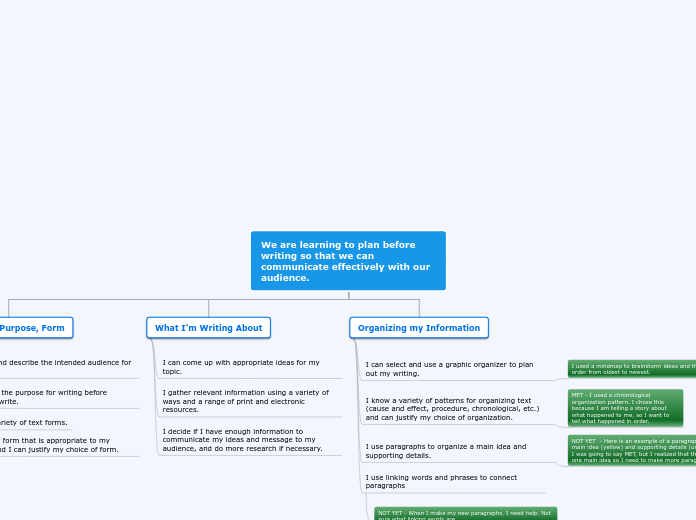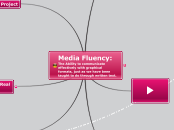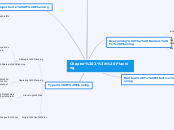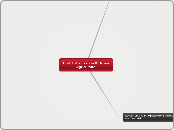av Joanie Causarano för 5 årar sedan
245
Planning before Writing
Effective writing requires careful planning and understanding of the audience, purpose, and appropriate text forms. Writers gather relevant information from various sources and generate suitable ideas for their topics.









